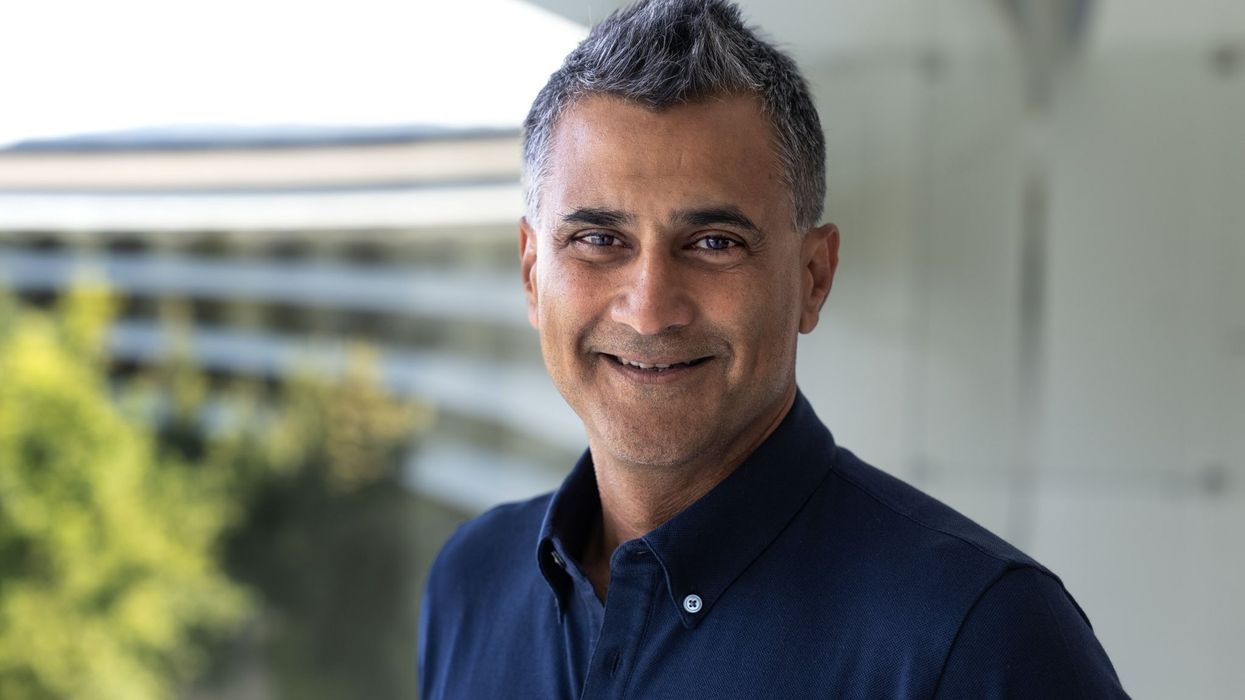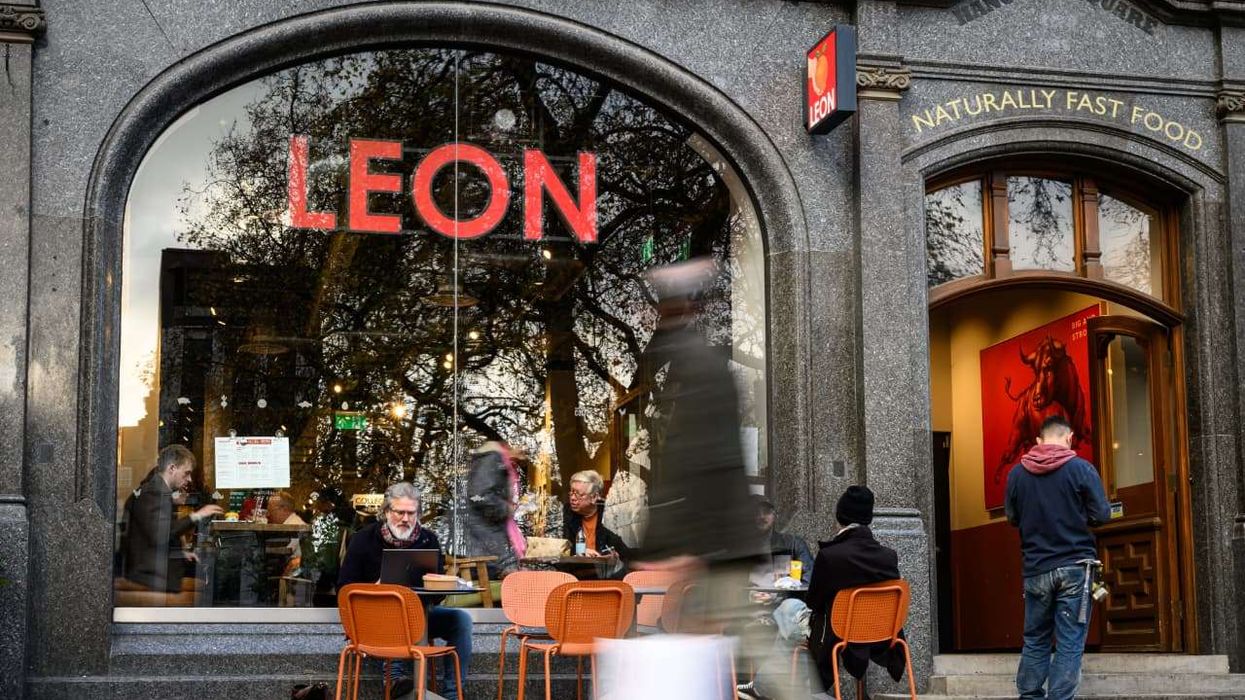APPLE announced on Monday that Kevan Parekh, an insider with over a decade of experience at the company, will become its new chief financial officer. He will replace Luca Maestri, a long-serving company veteran, who will step down from the role on January 1, 2025.
This leadership change occurs as Apple prepares for its upcoming product launch season, which analysts have described as the most significant iPhone software upgrade in recent years.
The launch includes new artificial intelligence features, which are critical for Apple as it seeks to address slowing global sales, particularly in China, and to compete more effectively with rivals introducing AI enhancements.
Parekh, who most recently served as vice president of financial planning and analysis, will join Apple’s executive committee in his new role.
“It appears that the transition to the new CFO is planned and orderly, which is the most important question. Maestri staying on with Apple is also very important, as it removes the risk of financial questions,” said DA Davidson analyst Gil Luria.
Luria added that Parekh would need to continue prudent capital management and might also be responsible for revisiting Apple’s strategy on potential acquisitions.
Prior to joining Apple, Parekh held senior leadership roles at Thomson Reuters and General Motors.
Apple confirmed that Maestri would continue to lead the corporate services teams, including information systems and technology, information security, and real estate and development, and will report directly to CEO Tim Cook.
During Maestri’s tenure, Apple more than doubled its revenue, with significant growth in services revenue.
“Apple filling the role with an internal candidate should make the transition a bit smoother… any change of this magnitude does create some level of uncertainty, especially given the consistency and the history of execution from Maestri,” noted analysts from Piper Sandler.
Earlier this month, Apple reported better-than-expected third-quarter iPhone sales and projected further gains, with a focus on artificial intelligence to attract buyers. However, the company’s overall performance in China remained disappointing.
In recent years, iPhone sales have slowed due to fewer significant upgrades in new models and competition from Android-based smartphone brands offering high-end features at lower prices.
At its developers conference in June, Apple introduced several AI features under the “Apple Intelligence” banner, including updates to Siri and integration with ChatGPT.
Apple’s shares were down nearly 1 per cent in extended trading.
(With inputs from Reuters)












